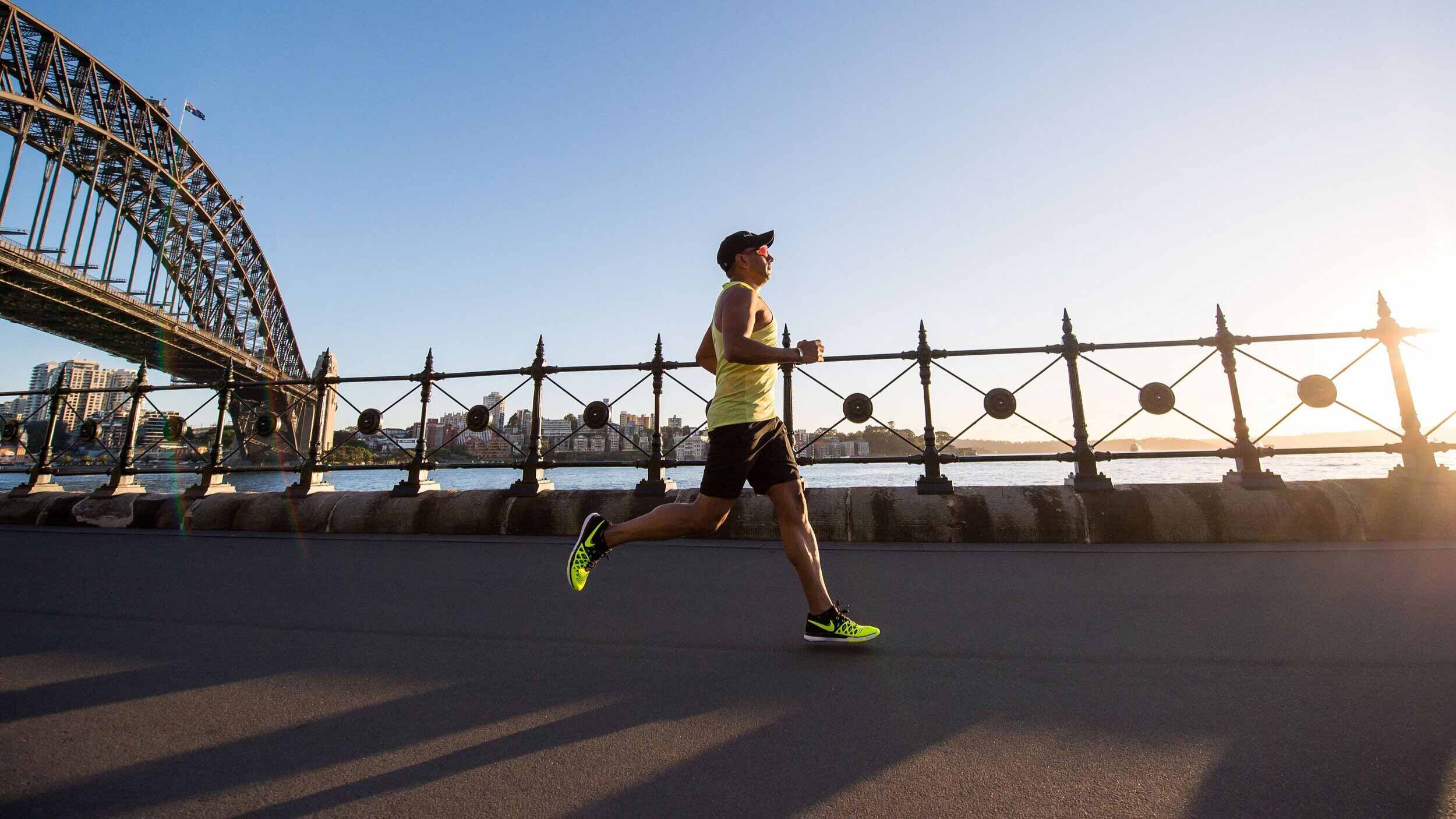Shin pain is a common injury in many running based sports e.g. Basketball, netball, football.
It is characterised by pain in and around the tibia (shin bone) in the lower leg and usually occurs as a result of a sudden increase in the frequency, duration and/or intensity of activity.
Risk
- Abnormal biomechanics – over-pronation, tibial mal-alignment e.g. bowed legs
- Training methods – inappropriate increases in the intensity, duration or frequency of exercise
- Training surfaces – running on hard surfaces or uneven ground
- Footwear – wearing inappropriate footwear for the activity or worn out shoes
- Poor flexibility, muscle imbalance or inadequate strength – affecting muscles of the lower limb
Prevention
- Undertaking training prior to competition to ensure readiness to play
- Undertaking fitness program to develop strength, balance, coordination and flexibility
- Gradually increasing the intensity and duration of training
- Always warming up, stretching and cooling down
- Wearing appropriate footwear for your foot type and activity
- Replacing worn out footwear
- Considering bio mechanical screening to identify problems before they arise
- Allowing adequate recovery time between workouts or training sessions
- Checking the sporting environment for hazards
- Drinking water before, during and after play
Like most overuse injuries, shin pain may develop gradually over a period of time. Often the early signs are ignored and those experiencing the symptoms continue the activities causing their problem. Early assessment and treatment of shin pain can make a significant difference and can prevent this problem before it becomes severe.
Signs and symptoms
There are three main types of shin pain. These are:
1. Medial Tibial Stress Syndrome.
Cause: A change in the amount or type of activity may lead to the muscles of the lower leg pulling on the lining of the tibia.
Area of pain: Pain along the front and/or inside of the tibia. It may be painful to touch and vary in intensity. Pain will be present as activity begins but is likely to decrease as you warm up. Pain is generally worse in the morning and after exercise.
2. Stress Fracture
Cause: This fracture is an overuse injury that occurs as a result of repeated stress to the bone causing a small fracture.
Area of pain: Localised to an area along the front of the tibia, but usually near the middle. It is normally constant pain that increases with exercise. The pain develops suddenly and is sharp in nature. May be too painful to exercise.
3. Compartment Syndrome
Cause: In the lower leg there are a number of muscle compartments, which are muscles contained within a lining called a fascial sheath. As a result of overuse/inflammation or a direct impact injury, these muscle compartments may become swollen and painful.
Area of pain: Pain along the front and/or inside of the tibia and in the muscles at the front of the lower leg. Pain usually increases as activity begins and decreases when it stops. The muscles affected may feel weak or numb. The sensation of pins and needles may also be a feature and this requires urgent medical attention.
Immediate management
The immediate treatment of any soft tissue injury consists of the RICER protocol – rest, ice, compression, elevation and referral. RICE protocol should be followed for 48 to 72 hours. The aim is to reduce the bleeding and damage within the joint.
The No HARM protocol should also be applied – no heat, no alcohol, no running or activity and no massage. This will ensure decreased swelling and bleeding in the injured area.
Depending on the diagnosis from a sports medicine professional, management may include:
- Pain relieving techniques.
- Correction of biomechanical issues.
- Specific stretches for flexibility.
- A specific strength and muscle conditioning program.
Please note: To make a diagnosis a sports medicine professional may need to organise investigations eg. a bone scan or MRI, compartment pressure testing, gait analysis.
Rehabilitation and return to play
Return to sport or activity should be overseen by a sports medicine professional. They will ensure you have sufficiently recovered and can complete the activities necessary for sport or activity with no pain.
To keep fit while experiencing shin pain, participate in low impact activities such as swimming, cycling and deep-water running. Make sure the shoes you use for running fit properly, have adequate padding and are appropriate for your foot type and activity level.
Always consult a trained professional
The information above is general in nature and is only intended to provide a summary of the subject matter covered. It is not a substitute for medical advice and you should always consult a trained professional practising in the area of sports medicine in relation to any injury. You use or rely on the information above at your own risk and no party involved in the production of this resource accepts any responsibility for the information contained within it or your use of that information.
27 July 2020

